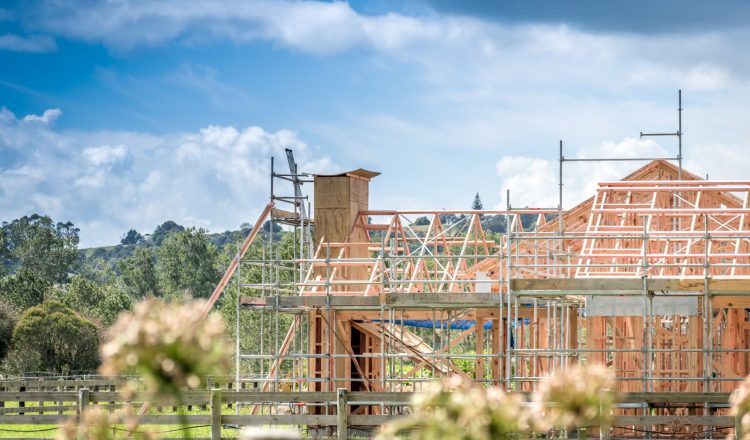Property Investment
Property is a popular form of investment for many people in New Zealand. The difference between an investment property and a home is that the owner earns an income from the property instead of just lives there. Returns from property investment are from rental income and from any increases in the value of the property over time.
Although property investments are not considered an easy way to make money as withdrawing the money takes time and there are a lot of hidden fees. However, it is great for long term profit as prices rise.
It is harder to borrow money for a rental property than it is for one that you are going to live in. Lenders have lower lending limits for investment properties. However, some lenders and mortgage brokers have particular expertise in lending for investment, so it is a good idea to try and get in touch with one of those.
What are the risks?
Property investment is widely known as a safe type of investment, just because your money is put into something that is unlikely to deteriorate. However, like with everything, there are some risks.
- Interest rates many increase, so any money made from the property could be reduced
- If you mortgage your investment property with the same bank as your own home, then you could be at risk that the bank could sell both properties if you have an issue paying either mortgage. It is best to avoid this.
- At any time, a lender can ask you to repay your mortgage unexpectedly and if you are unable to sell your property quick enough then you will not be able to and will be in dept.
- The property market fluctuates constantly. If you need to sell your home quickly or just really want to get rid of it at a time when the property market has dropped then you might end up losing money on the home and still owe money to the lender after the sale.
Is there a lot of work involved?
Property investment does normally involve some work and is more time consuming than say, investing money in shares or saving in a bank. However, it can have bigger pay-outs. There is a lot of time needed for tasks such as looking for suitable properties, doing any work needed to it to make it liveable and comfortable and finding tenants. Once all this is done there is still more work that is inevitable in the future, including arranging and maintenance work or finding new tenants if the old ones leave.
If the investor doesn’t have this time or doesn’t want to do it themselves then there are ways around it. You can get a property manager or use an estate agent to do these sorts of maintenance tasks for you. It will cost you money to have one of these, but it does mean that you can free up time for yourself and rest easy knowing that a professional is looking after it.
What other way are there to invest in property?
There are other ways that you can invest in property. It is possible to invest in the managed funds that buy and sell commercial property. This may be that they owe properties such as office buildings, shopping centres or factories. It could also mean they own shares in funds that own the property.

















































